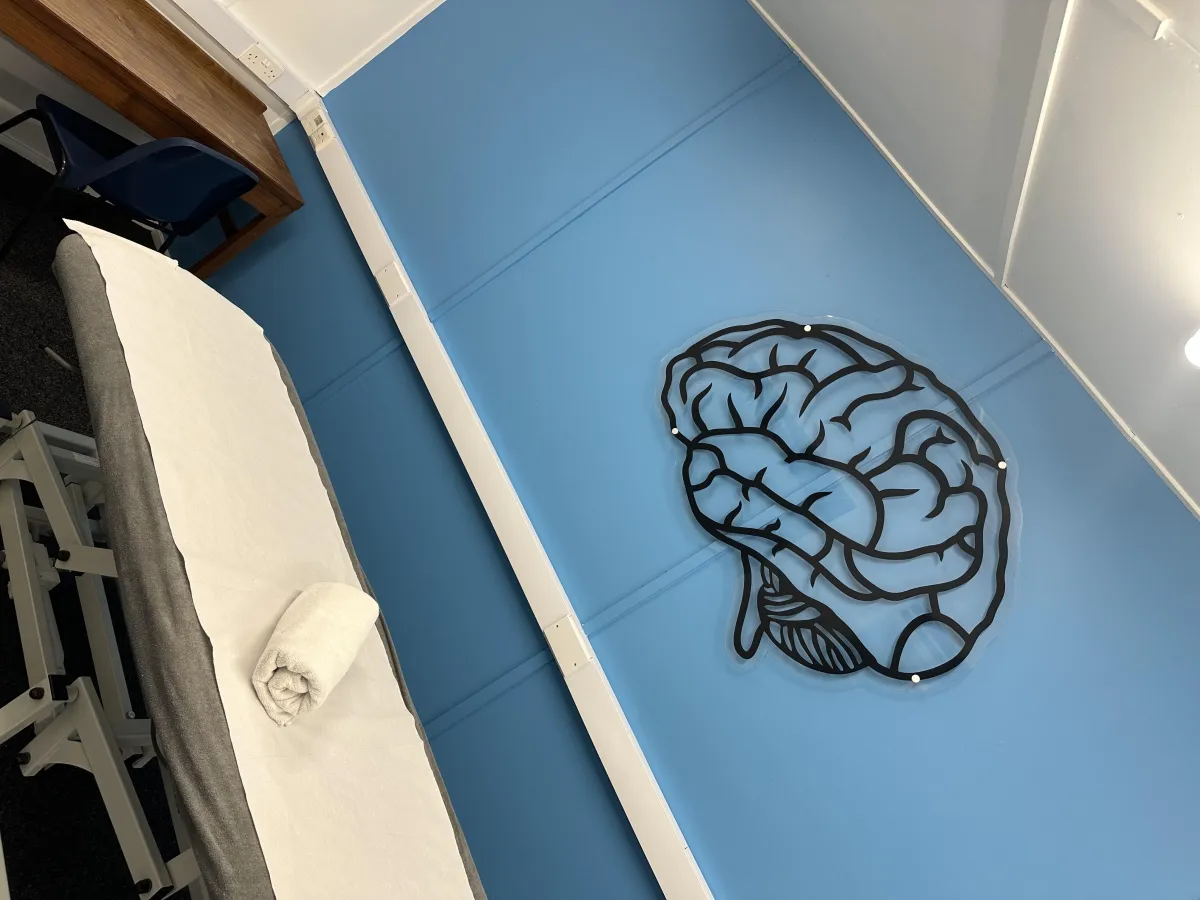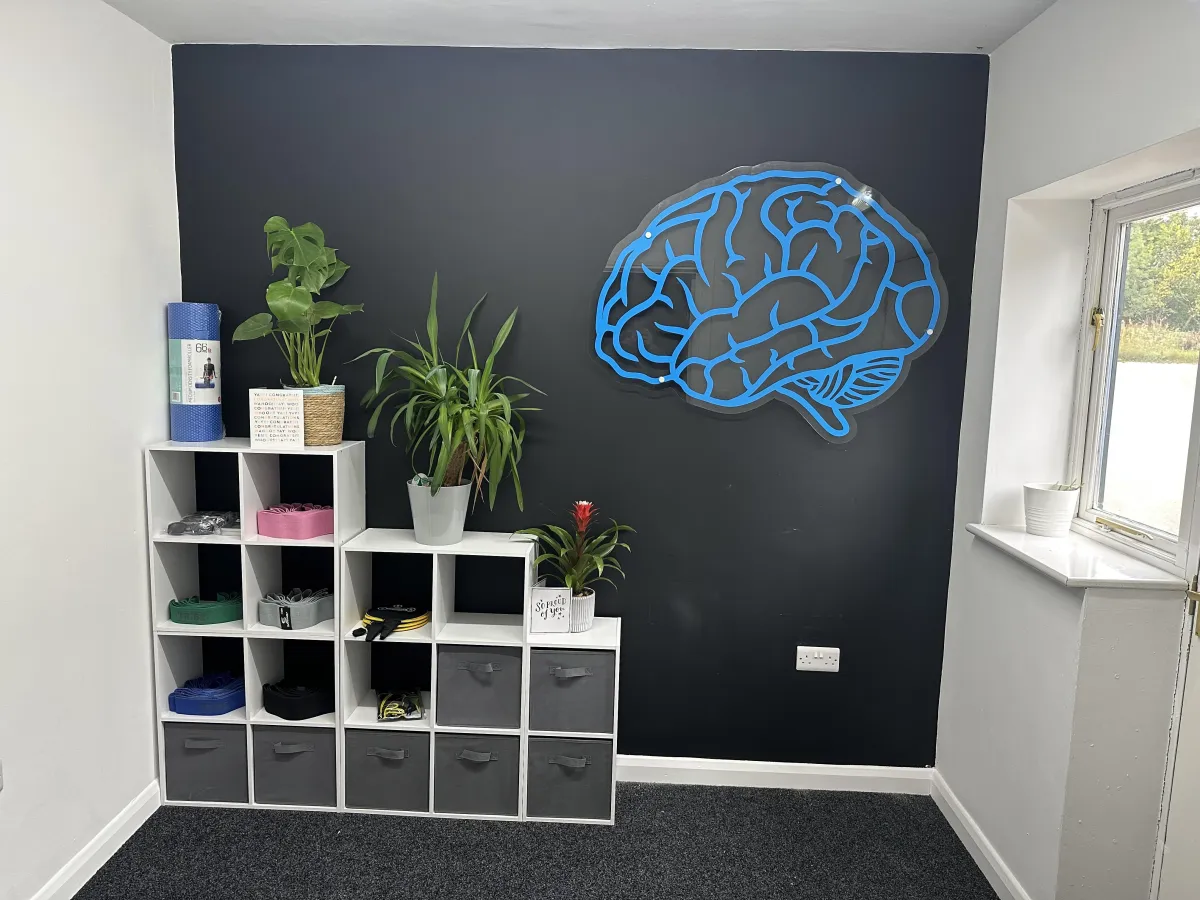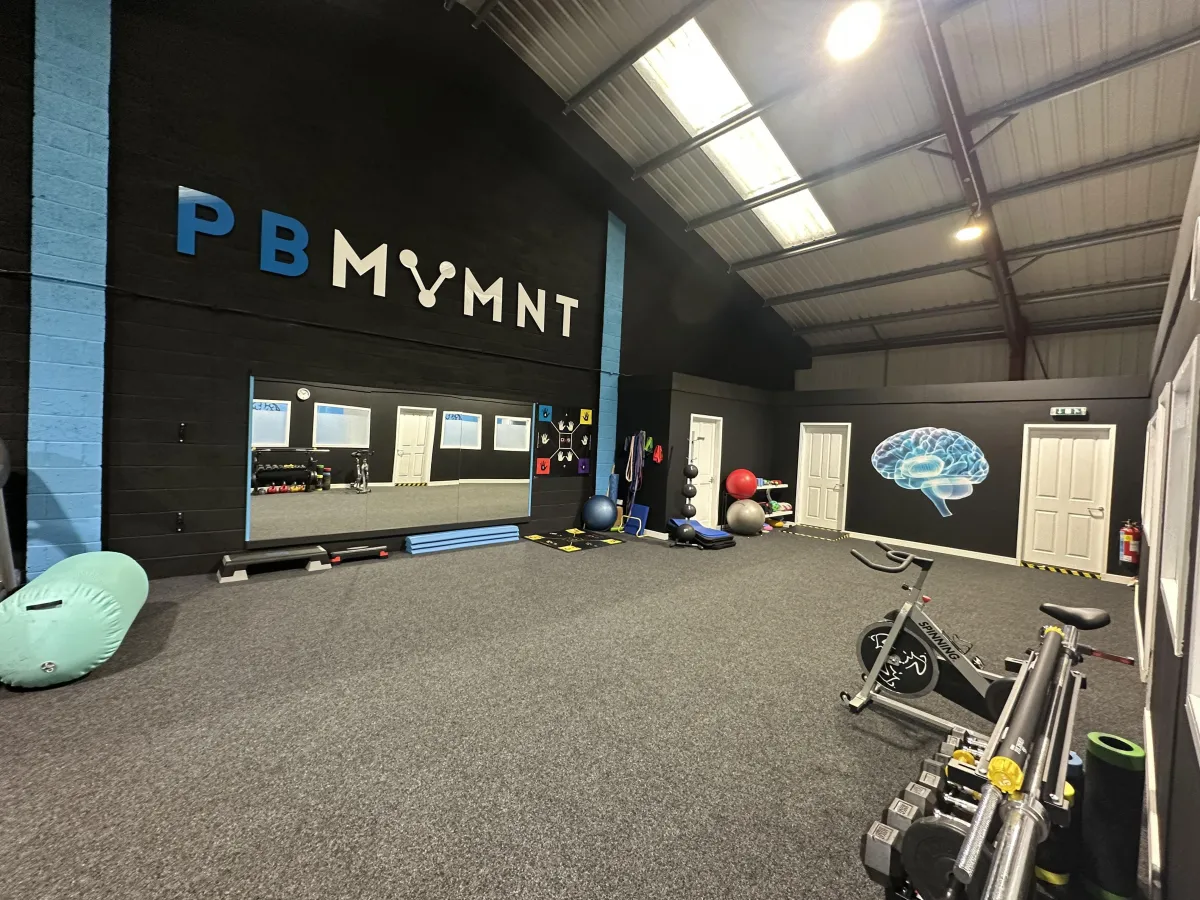WELCOME TO PB MOVEMENT
Still in Pain After Trying Everything Else?
We fix chronic pain by retraining your brain—not just treating symptoms. Helping you get lasting relief when other therapies haven't worked.


What We Do?
We Solve Pain Other Clinics Can't!
You've tried physio. You've tried massage. The pain keeps coming back.
Here's why: Most treatments focus on where it hurts. We focus on why it hurts.
Your brain creates pain as a warning signal. Even after an injury heals, your nervous system can stay stuck in "protect mode"—keeping you tight, weak, and hurting.
We use a neurocentric approach to retrain your brain-body connection. When your nervous system feels safe again, pain goes away. Movement comes back. You get your life back.
What This Means For You:
Pain that actually goes away (not just managed)
Move confidently without fear of re-injury
Get back to the activities you've been avoiding
No endless appointments—we fix the root cause

Who This Is For
Is This for You?
You're active (or want to be), but pain is holding you back
You've tried multiple therapists without lasting results
Your knee/back/hip/shoulder keeps flaring up
You're tired of being told "it's just your age" or "learn to live with it"
You want to understand what's actually wrong—not just get temporary relief
If you checked any of these boxes, we can help.
What Our Clients Say
"I've been to three physios and two chiropractors. PB Movement was the only place that actually fixed my back pain instead of just managing it."
"After years of knee problems, I finally understand why it kept hurting—and now it doesn't."
"I was skeptical, but the neurocentric approach actually works. I wish I'd found them years ago."
Pricing & Availability
Initial Assessment (1 hour):
£70–£95
Full history, movement testing, and a clear explanation of what's causing your pain.
Follow-Up Appointments
From £65
One-on-one sessions with exercises sent to your phone via our app.
Most clients need 2–8 sessions to reach their goals.
Availability:
Lotti (Clinical Director): 1–2 week wait for new clients
Other therapists: Available immediately

How it works
Your Path to Pain-Free Movement
Step 1:
Assessment (1 hour) We learn about your pain, your history, and what you've already tried. We test how your brain and body are communicating. You'll leave understanding what's actually causing your pain.
Step 2:
Treatment Plan We build a personalised plan using sports massage, neurological rehab, and movement retraining. You get one-on-one sessions plus exercises via our app.
Step 3:
Get Your Life Back As your nervous system retrains, pain reduces. Movement improves. You return to the activities you love—without fear.


Why We're Different
Why Standard Rehab Keeps Failing You
The Problem: Traditional therapy treats symptoms. Tight muscles? Stretch them. Weak glutes? Strengthen them. Pain comes back because the root cause—your nervous system's protective patterns—never changed.
Our Approach: We address the neurological patterns causing your pain. By working with your brain and nervous system, we remove the threat response that's keeping you stuck. Your body stops guarding. Movement returns. Pain disappears.
The Result: You don't manage pain forever. You solve it.
Common Issues We Solve
We Specialise In Stubborn Problems
Chronic knee, back, hip, or shoulder pain
Pain that moves around or doesn't make sense
Injuries that "healed" but still hurt
Tightness and weakness that won't go away
Getting back to running, sports, or daily activities pain-free
Post-pregnancy movement issues
Pre and post-surgery rehabilitation
If your pain has a history, we can help.


Ready to Move Pain-Free?
One hour. We'll assess your pain, explain what's actually happening, and show you the path forward.
Based in Colburn, Catterick. Appointments available as often as you need.
Award-winning Sports Injury Clinic in Catterick Garrison.
We fix pain by retraining your brain.
Not sure if we're right for you?
Email us:
Get pain relief tips and movement advice straight to your inbox.

COMPANY
CUSTOMER CARE
LEGAL
FOLLOW US
Copyright 2025 PB Movement. All Rights Reserved.
